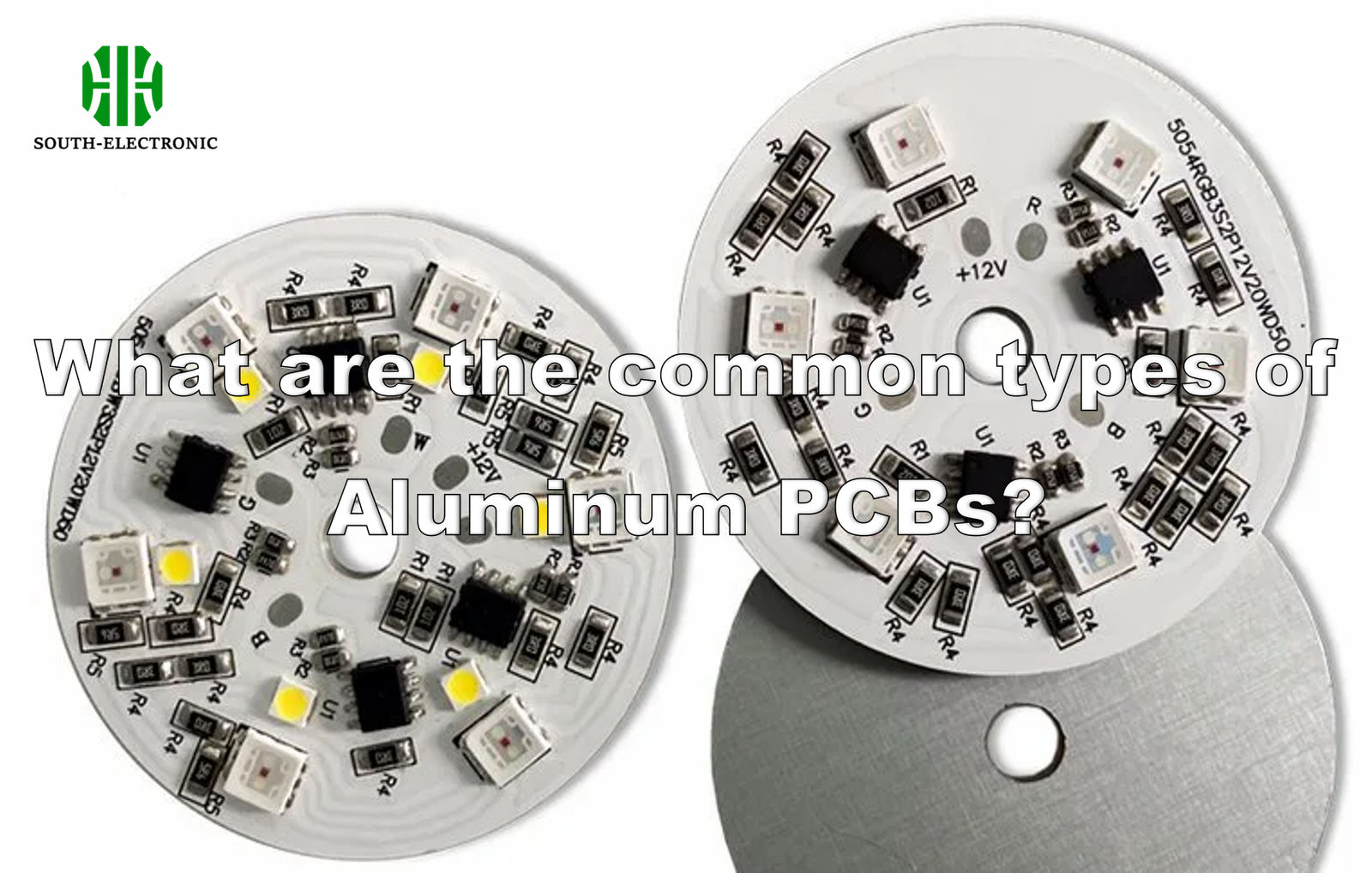Heat buildup destroys electronics. Your LED project fails from overheating. Aluminum PCBs solve this with built-in cooling.
Aluminum PCBs transfer heat 10x faster than fiberglass boards. Common types include flexible, hybrid, and through-hole designs classified by construction (single/multi-layer) and dielectric materials like universal, high-thermal, or high-frequency.
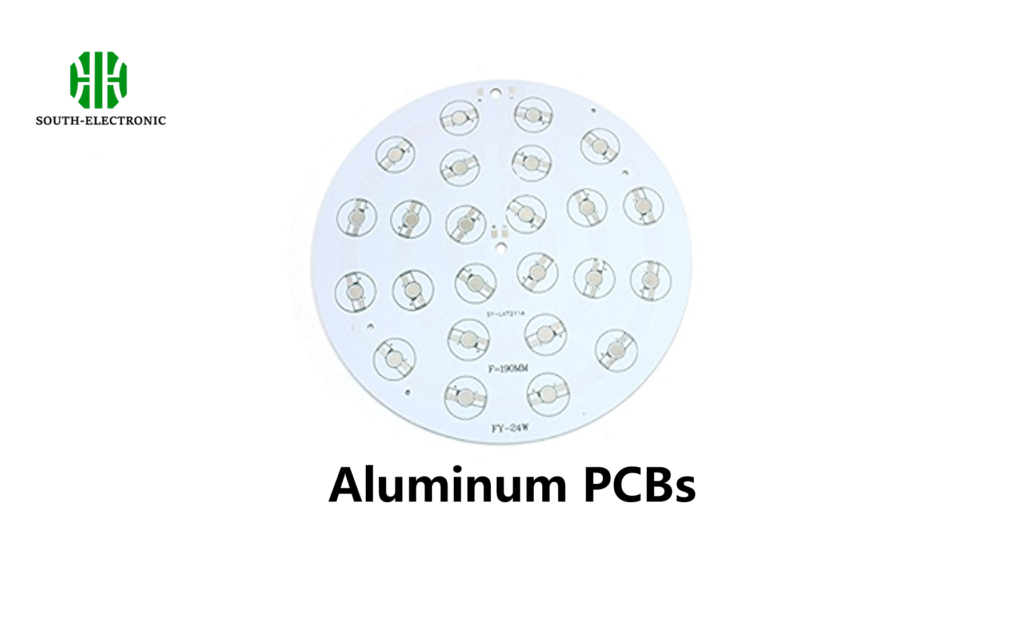
Now you know the basics. Let’s dive deeper into key factors shaping your aluminum PCB decisions.
What are critical design points for Aluminum PCBs?
Thermal spikes crack poorly designed boards. Your circuit fails mid-operation. Focus on these three non-negotiable design priorities.
Critical design points include dielectric thickness (0.05-0.1mm optimal), copper weight (1-4oz), and thermal pad placement for surface mount components versus through-hole soldering.
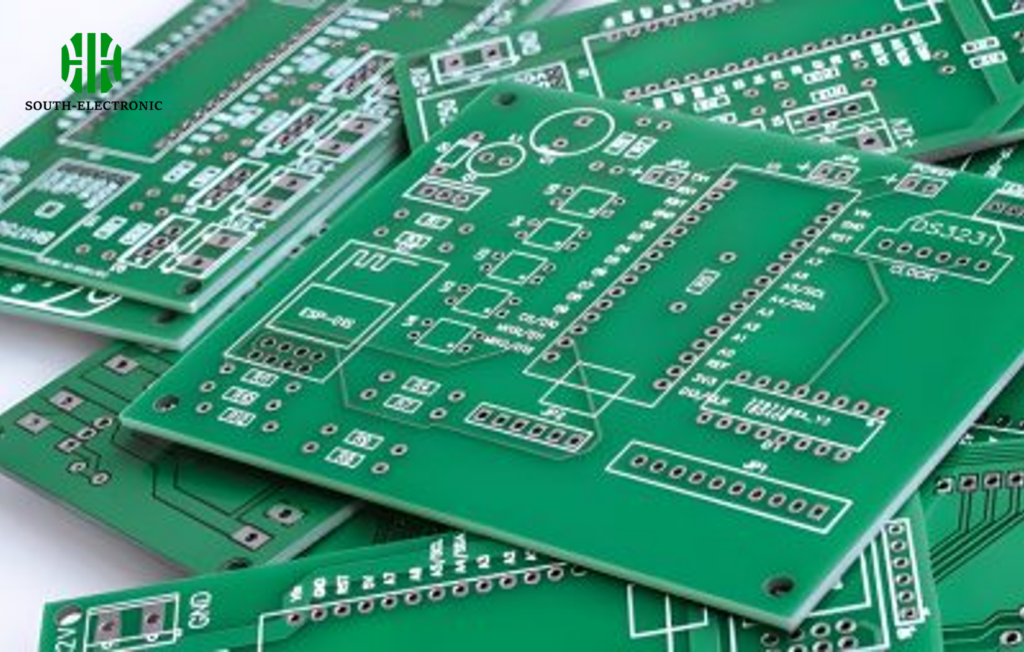
Balancing Thermal and Electrical Needs
| Factor | Poor Design Impact | Optimal Solution |
|---|---|---|
| Dielectric Thickness | Delamination under heat | 0.08mm epoxy layer |
| Copper Weight | Current overflow burns traces | 2oz copper for <5A circuits |
| Component Placement | Cold joints in surface mount assembly | 1mm gap around heat sources |
You must treat the dielectric layer as your thermal control center. Thinner layers transfer heat faster but risk electrical shorts. For high-power circuits using surface mount transistors, increase copper weight to handle current surges. Proper surface mount components soldering requires thermal relief pads – solid pads cook your joints during reflow. I’ve seen dense component layouts cause hotspots exceeding 150°C, so space heat-generating parts near board edges. Always consider final enclosure airflow during design.
How much does aluminum PCB cost?
Hidden costs sink projects. Your BOM explodes without proper budgeting. Price varies wildly based on these key factors.
Aluminum PCB costs $0.07-$0.25/in² – 30-50% higher than FR4. Primary cost drivers are layer count (+$25 per layer), dielectric grade, and production volume discounts at 500+ units.
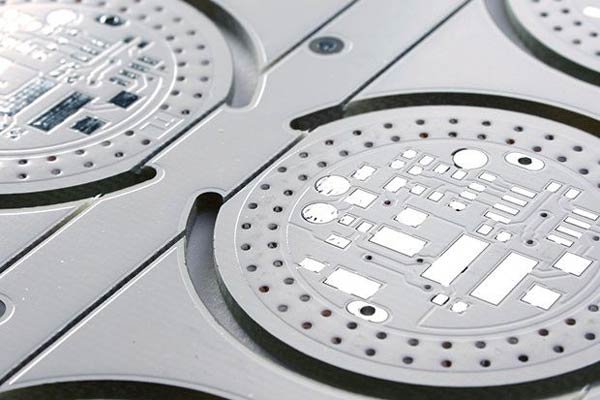
Breaking Down the Price Structure
Three Cost Tiers Explained
- Basic single-layer: Cost-effective for LED strips where thermal demands are low. Universal dielectric keeps it under $0.10/in².
- 2-4 layer hybrids: Required for RF/motor control boards. Expect 25% cost jumps per layer due to lamination challenges.
- Specialty substrates: High-frequency/high-thermal variants using ceramics add 40-60% premium. Justifies cost in aerospace or medical devices.
The dielectric layer causes most price variation. Standard epoxy costs $5/m², while ceramic-filled versions reach $65/m². Labor impacts small batches – prototypes cost 3X more than production runs. Surface mount technology components complicate assembly versus through-hole. For 500 units, automation cuts costs by 60%. Always request breakdowns: Material=50%, Drilling=20%, SMT assembly=30%.
What Makes a Reliable Aluminum PCB Manufacturer?
Bad suppliers deliver warped boards. Your assembly line stops. Trust only manufacturers with these verified capabilities.
Reliable manufacturers have ISO 9001 certification, automated optical inspection (AOI), thermal cycling test reports, and specialize in surface mount components identification and soldering for aluminum substrates.
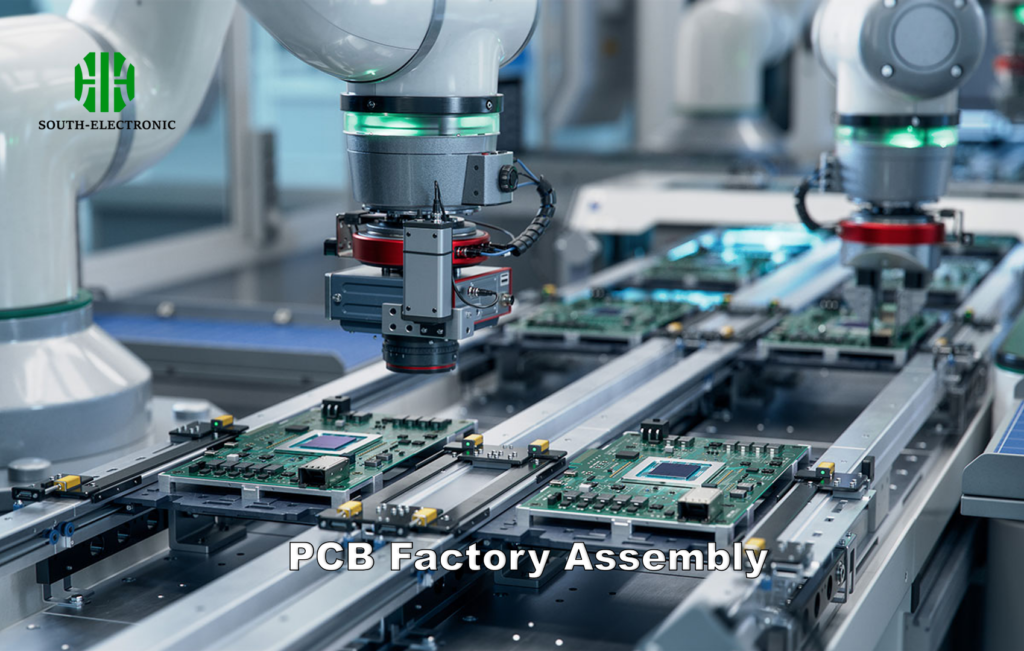
Vetting Your Production Partner
Core Capability Checklist
- Material Sourcing: Uses Bergquist or Henkel dielectric only
- Thermal Validation: Provides stress test data (-55°C to 150°C cycles)
- Error Prevention: Implements barcode tracking systems
- Surface Mount Assembly: Handles 01005 packages on metal cores
Surface mount assembly on aluminum requires special IR profiles. I’ve rejected suppliers who didn’t adjust reflow settings – leading to tombstoning of small transistors. Always verify AOI machine coverage. Lesser factories skip edge pad inspections, causing field failures. Real professionals share dielectric certification documents and perform batch-level thermal resistance testing. Avoid anyone promising "same as FR4" production flow. The disadvantages of surface mount technology amplify on metal cores, which demands skilled technicians. For mixed surface mount components versus through hole boards, confirm their via plugging process to prevent air gaps in thermal paths.
Conclusion
Choose aluminum PCB types matching your thermal needs. Control costs through design choices. Always verify manufacturer capabilities before releasing production.

